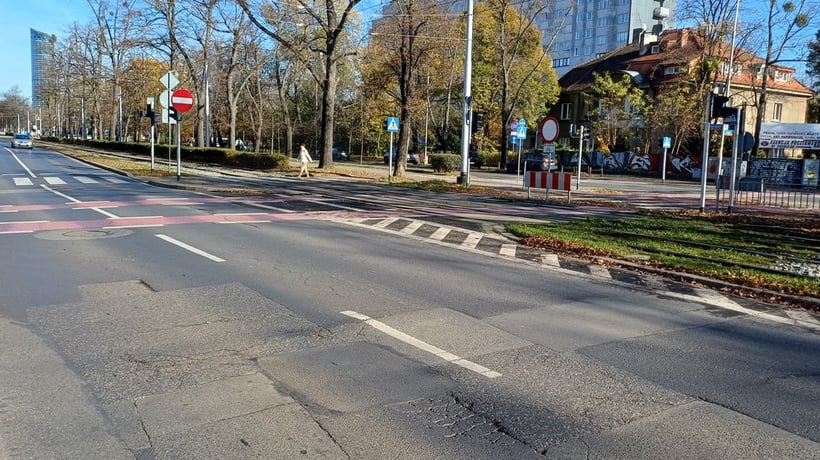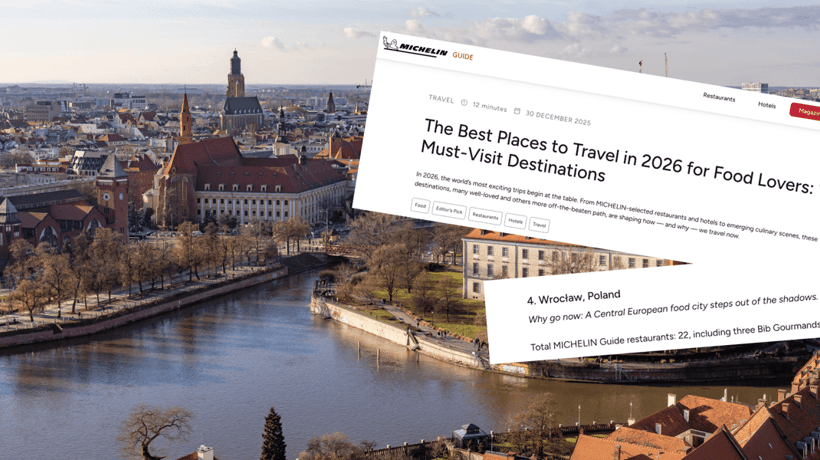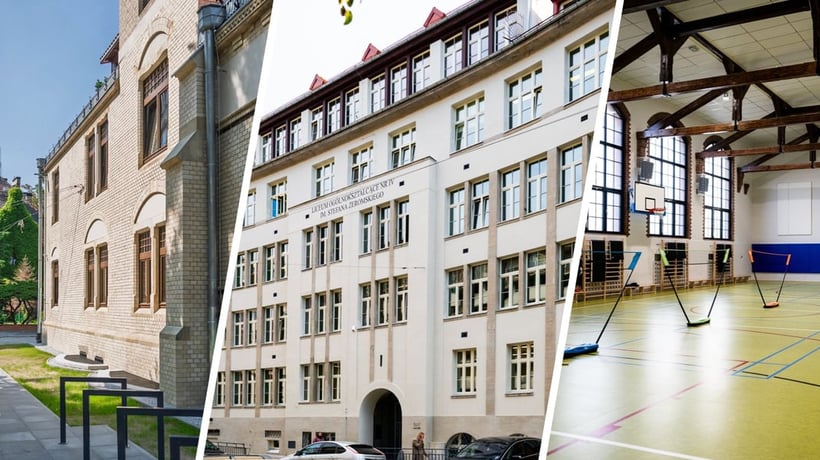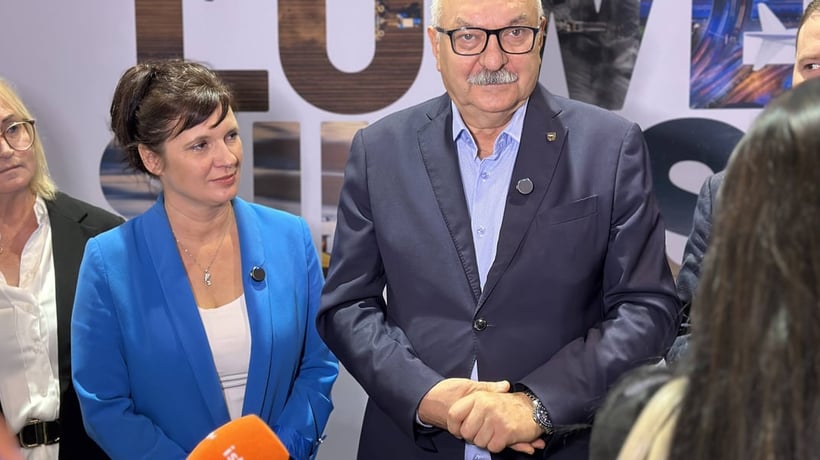The feature brings a gallery of photographs from the 1970s by two photographers: Stanisław Kokurewicz and Zbigniew Nowak. They are part of a larger photography collection held at the Remembrance and Future Centre, Wroclaw. The photographs represent prefabricated concrete - apartment blocks in ul Komandorska, Popowice and Szczepin.
(click to see the gallery)
The construction of Barbara and Dorota housing estates located along ul Komandorska was one of the most important housing projects in the mid-1970s. Over 10 thousand rooms were completed from 1970-1973 in the area.
"The residents must have been elated to have an apartment of their own. But their life was hardly easy at the beginning. People started to move in before all the necessary facilities were created, including roads, pavements, shops and services as well as schools and nurseries. 'You had to cover a long distance to do your shopping,' reads "Wieczór Wroclawia" daily. People in other housing estates encountered similar problems," adds Piotr Sroka, PhD.
Prefabricated concrete and housing in Wroclaw
Already in 1973, the west side of the city, including Gądów Mały and Popowice, were transformed into Wroclaw's main construction site. Designed by Witold Jerzy Molicki, the Popowice estate was intended to serve as many as 17.5 thousand people. The apartment blocks, which ranged from four to eleven storeys in height, were built with characteristic balconies that added an "undulating" quality to their elevations. The city authorities took pride in the Popowice estate. However, the estate was eclipsed in the latter part of the 1970s by another of Molicki's designs, namely that of the Polish-Soviet Friendship Estate between ul Krzycka and Przyjaźni. Completed in 1976-1977, the estate was created with segments of varying height arranged on a semi-circular plan. According to "Wieczór Wrocławia", W.J. Molicki's design demonstrated that "you can use prefabricated concrete to create something intriguing, functional and far from monotonous, which is rampant in contemporary architecture." Sadly, the estate was one of the rare exceptions to this rule (along with Wroclaw's "Manhattan in Plac Grunwaldzki, which was designed in the 1960s and completed in the following decade). Designed to solve the housing predicament, prefabricated concrete technology inflicted irreparable damage to Polish cities.
![Wroclaw and prefabricated concrete housing [PHOTOS]](https://www.wroclaw.pl/cdn-cgi/image/w=1200,h=600,fit=crop,f=avif/en/files/news/15551/szczepin-lata-70-wroclaw-4.jpg)






